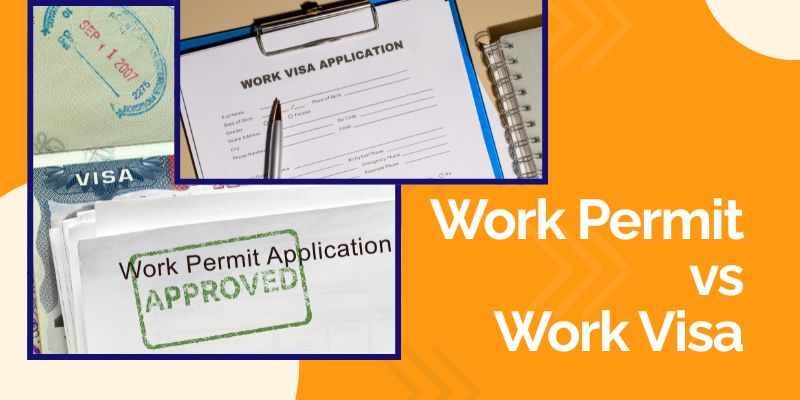Australia continues to be one of the most sought-after destinations for skilled professionals, especially civil engineers. With strong infrastructure growth, urban development, and sustainable city projects, the demand for civil engineers in Australia remains consistently high. If you’re a qualified civil engineer from India looking for long-term career growth and permanent residency, here’s a step-by-step guide to help you understand the Australia PR process for civil engineers.
Why Australia is Ideal for Civil Engineers
Australia offers stable job opportunities, high living standards, and a transparent immigration process. Civil engineers are listed on Australia’s Medium and Long-Term Strategic Skills List (MLTSSL), which means you can apply for permanent residency through the Australia skilled migration for civil engineers program.
You can work in areas like structural engineering, transportation, water systems, and project management — all while enjoying excellent career growth and salary potential.
Step-by-Step Australian PR Process for Civil Engineers
Step 1: Check Your Eligibility
Before applying, ensure you meet the basic Australia PR for civil engineers from India eligibility criteria:
- Hold a recognized civil engineering degree.
- Be under 45 years of age.
- Have competent English proficiency (IELTS, PTE, or TOEFL).
- Secure a positive skill assessment from Engineers Australia.
Step 2: Get Your Skill Assessment Done
A crucial step in Australia immigration for civil engineers is obtaining a Migration Skills Assessment (MSA) through Engineers Australia.
You’ll need to submit a Competency Demonstration Report (CDR) that highlights your engineering qualifications, experience, and key projects.
A positive assessment makes you eligible to proceed with your visa application.
Step 3: Choose the Right PR Visa Pathway
Civil engineers can apply under three main PR visa subclasses:
- Subclass 189 (Skilled Independent Visa) – No sponsorship required.
- Subclass 190 (Skilled Nominated Visa) – Requires state nomination.
- Subclass 491 (Skilled Work Regional Provisional Visa) – Offers a regional pathway to PR.
Each visa category falls under the Australia skilled migration for civil engineers program.
Step 4: Submit an Expression of Interest (EOI)
After your skill assessment, create an account on the SkillSelect portal and submit your Expression of Interest (EOI).
The higher your points (based on age, education, experience, and English level), the better your chances of getting an invitation to apply for PR.
Step 5: Apply for PR Visa
Once you receive the invitation, you can apply for the chosen PR subclass.
Submit your documents, pay the visa fees, and undergo health and character checks. The Australia PR for civil engineers from India application is reviewed by the Department of Home Affairs.
Step 6: Wait for Approval
After verification, you’ll receive your Australian Permanent Residency (PR). This allows you to live, work, and settle in Australia permanently — and later apply for citizenship if eligible.
Points Required for PR as a Civil Engineer
To qualify under the Australia skilled migration for civil engineers, you generally need 65 points or more.
Points are awarded for:
- Age
- English proficiency
- Work experience
- Educational qualifications
- State nomination or regional sponsorship
Benefits of Getting Australian PR as a Civil Engineer
- Live and work anywhere in Australia.
- Access healthcare and education benefits.
- Include your spouse and children in your PR application.
- Opportunity to apply for citizenship after 4 years.
- Stable career growth in a booming engineering sector.
✅ Final Thoughts
The Australian PR process for civil engineers is transparent and opportunity-rich for Indian professionals. If you prepare your skill assessment carefully, meet the points requirement, and apply through the right visa subclass, your dream to migrate to Australia as a civil engineer can soon become a reality.
For personalized guidance, consider consulting registered Australia PR experts who specialize in Australia immigration for civil engineers to ensure every step is handled correctly.








